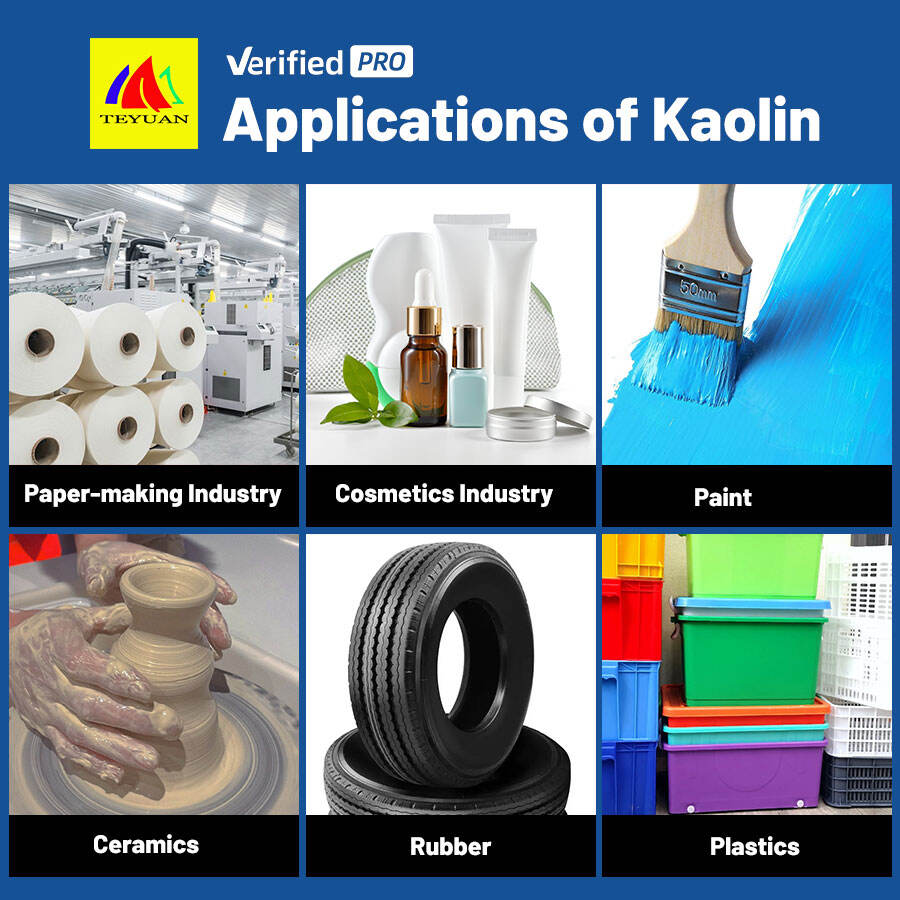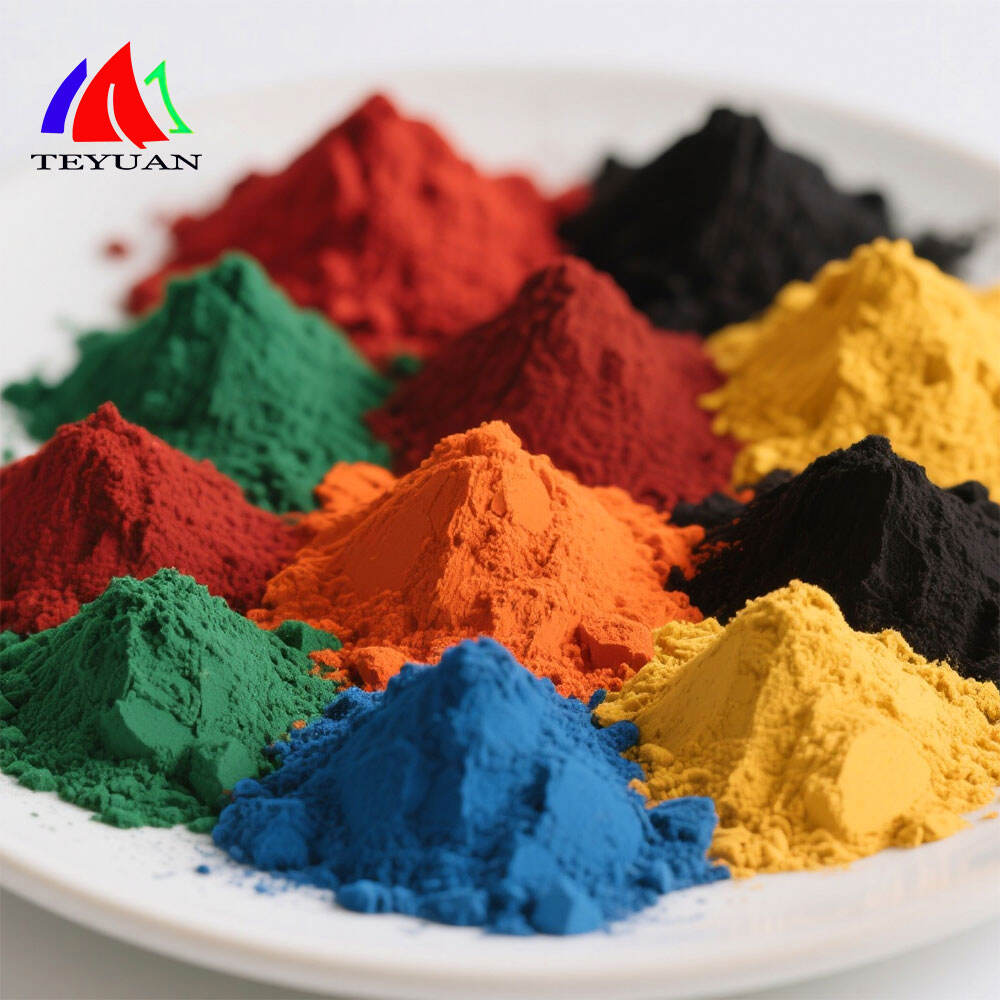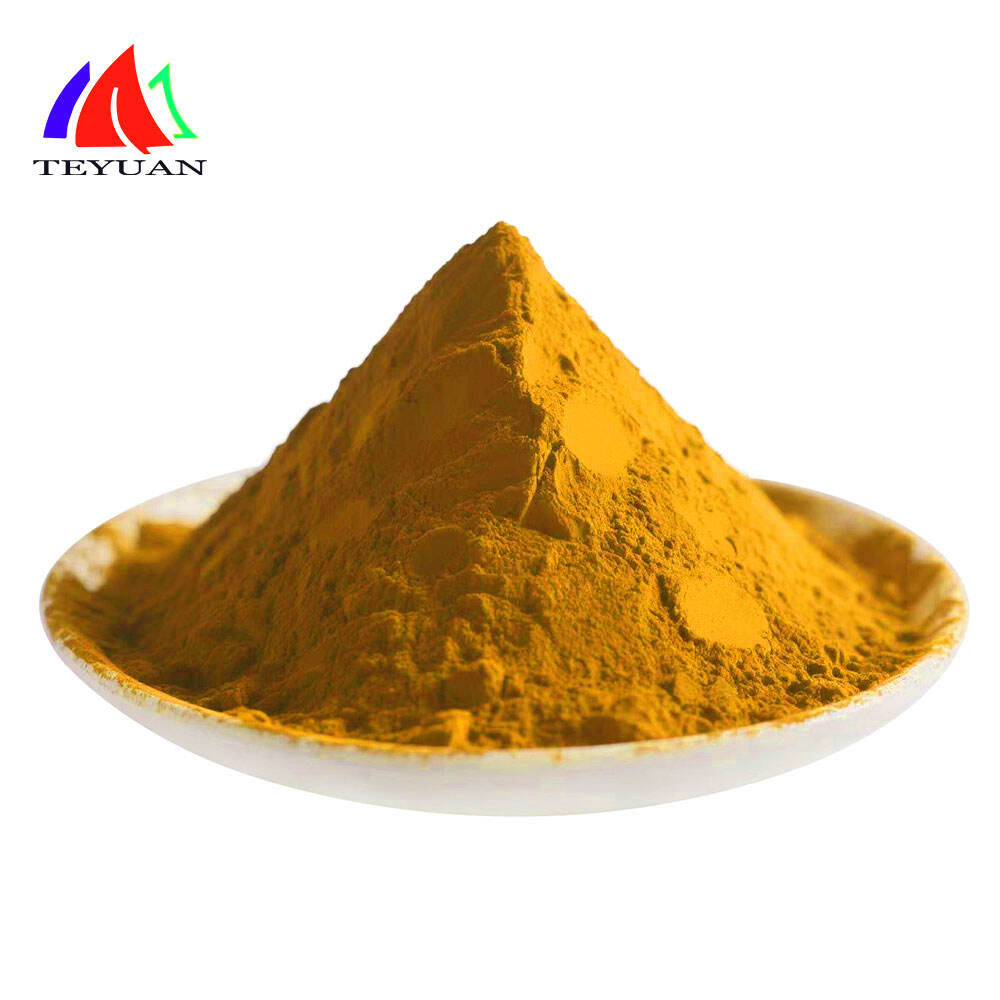Kaolin is a non-metallic mineral mainly composed of kaolinite, belonging to the clay mineral category. It gets its name from Gaoling Village in Jingdezhen, Jiangxi Province, China, where it was first discovered. As one of the most widely used industrial raw materials globally, its core characteristics include high purity, excellent whiteness, strong plasticity, good chemical stability, as well as favorable insulation and adsorption properties.
In terms of processing types, it is mainly divided into three categories, each corresponding to different application scenarios:
Water-washed Kaolin: Produced through water washing and purification processes, it has low impurity content, fine particle size, and outstanding whiteness and plasticity. It is mostly used in the paper-making, ceramics, and cosmetics industries.
Calcined Kaolin: Processed by high-temperature calcination of water-washed kaolin, it features increased hardness, enhanced oil absorption, and excellent hiding power. It is mainly applied in the coating, rubber, and plastic industries.
Metakaolin: Made from kaolin via higher-temperature calcination or special process treatment, it has significantly improved chemical activity. It is primarily used in the construction material field, such as being an admixture for concrete and a raw material for producing new-type cementitious materials, and also applied in wastewater treatment in the environmental protection field.
Kaolin has a wide global distribution of production areas, and China is a major producing country. Relying on the advantages of cost-effectiveness and quality, Chinese kaolin maintains stable demand in the international foreign trade market and has long served multiple industrial fields including paper-making, ceramics, coatings, rubber & plastics, and construction materials.




